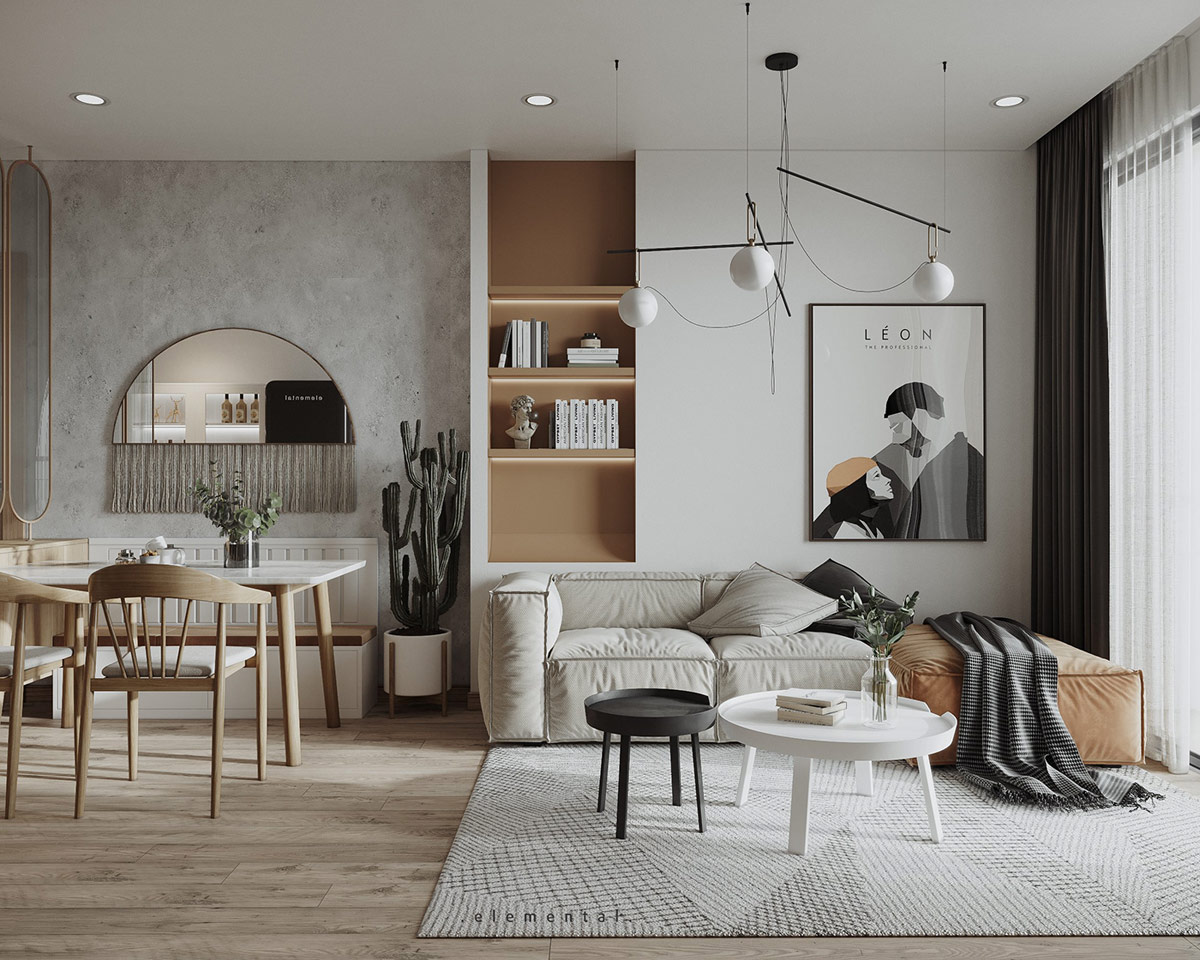Japandi Style

Japandi is a design trend that blends the simplicity of Japanese design with the functionality of Scandinavian style. This hybrid aesthetic is characterized by clean lines, natural materials, and a focus on uncluttered spaces. Let’s explore how you can incorporate Japandi into your home to create a serene and functional environment.
Clean Lines
At the heart of Japandi’s design are clean, simple lines that create a sense of order and calm. Furniture and decor should have a minimalist aesthetic, with sleek silhouettes and straightforward shapes. Avoid overly ornate or complicated designs. Instead, choose pieces that emphasize simplicity and elegance. This approach helps create a tranquil atmosphere free from visual clutter.

Natural Materials
Natural materials are a cornerstone of the Japandi style, bringing warmth and texture to the space. Wood, bamboo, stone, and paper are commonly used to achieve this look. Light woods like oak or pine are often preferred in Scandinavian design, while darker woods like walnut or cedar are typical in Japanese interiors. Combining these elements can create a balanced and harmonious feel. Incorporating textiles such as cotton, linen, and wool can add softness and comfort.
Uncluttered Spaces
A fundamental principle of Japandi design is the focus on uncluttered spaces. This involves a thoughtful and intentional approach to what you keep in your home. Every item should have a purpose and place. Embrace storage solutions that keep your belongings organized and out of sight, such as built-in cabinets, open shelving, and minimalist furniture with hidden compartments. This creates an open and airy environment, promoting peace and relaxation.
Neutral Color Palette
Japandi style often employs a neutral color palette to maintain a serene and cohesive look. Shades of white, beige, gray, and earthy tones dominate this design trend. These colors create a soothing backdrop, allowing natural materials and simple furnishings to shine. Small pops of color can be introduced through plants, artwork, or textiles, but the overall palette should remain understated and harmonious.
Functional and Comfortable Furniture
Furniture in a Japandi home should be both functional and comfortable. Scandinavian design prioritizes functionality, while Japanese design emphasizes comfort and simplicity. Combine these principles by choosing furniture that is not only aesthetically pleasing but also practical and comfortable. Low-profile sofas, functional storage pieces, and simple, comfortable seating options are critical elements of this style.

Bringing Nature Indoors
Bringing nature indoors is an essential aspect of Japandi design. Incorporate plants and natural elements to add life and freshness to your space. Bonsai trees, bamboo, and simple potted plants can enhance the natural feel. Additionally, using natural light to illuminate the space is crucial. Large windows, minimal window treatments, and strategically placed mirrors can help maximize natural light and create a bright, inviting atmosphere.
The Bottom Line
Japandi’s design blends Japanese simplicity and Scandinavian functionality, creating a serene and practical home environment. You can achieve this harmonious style in your home by focusing on clean lines, natural materials, uncluttered spaces, neutral color palettes, functional and comfortable furniture, and bringing nature indoors. Embrace the calm and order of Japandi and transform your space into a tranquil and functional sanctuary.


Comments
Post a Comment